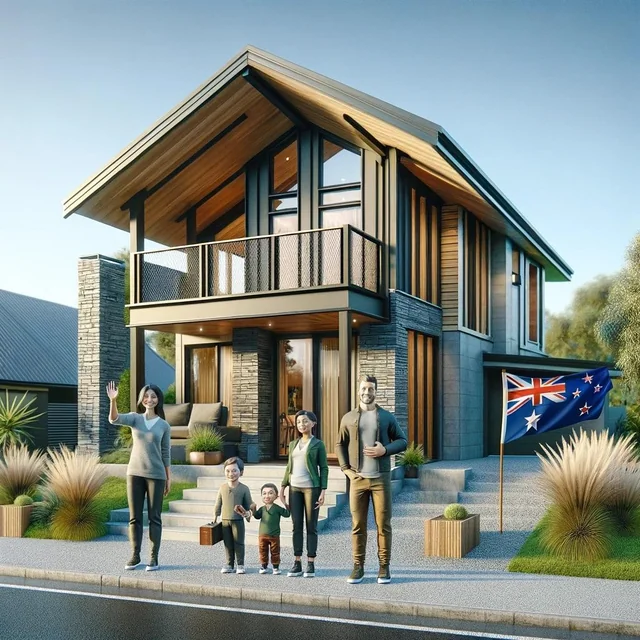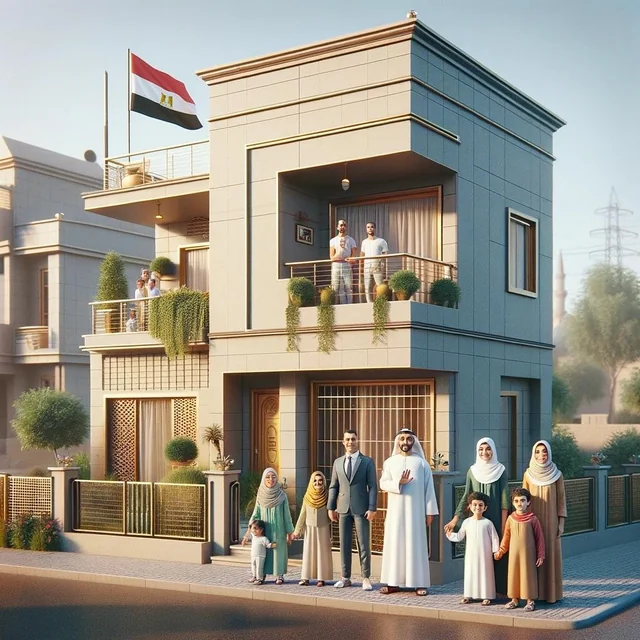
Embarking on a global journey through the diverse and fascinating world of architecture reveals much more than just the materials and designs used in the construction of homes. It uncovers the deep-seated cultural values, historical influences, and environmental considerations that shape the way people live around the globe. From the rustic charm of Italian villas to the sleek modernity of South Korean apartments, each type of house offers a unique glimpse into the lives and traditions of its inhabitants. This exploration not only satisfies our curiosity but also enriches our understanding of global communities and their approaches to creating a place called home.
In this comprehensive guide, we delve into the different types of houses from around the world, showcasing the architectural diversity and ingenuity humans have demonstrated in their quest for shelter and comfort. By examining the distinct types of homes—from the communal courtyard houses in China to the solitary beauty of New Zealand baches—we aim to provide insights into how geography, climate, and culture influence residential architecture.
Join us as we traverse continents and cultures, shedding light on the universal concept of home while highlighting the unique characteristics that make each type of dwelling distinct. This journey is not just an architectural tour but a homage to humanity’s creativity and resilience in crafting spaces that reflect their identity, values, and aspirations.
Different Types of Houses From Around the World
- Typical Korean house and family for various countries
- Typical Italian house and family for various countries
- Typical Indian house and family for various countries
- Typical japanese house and family for various countries
- Typical Australian house and family for various countries
- Typical American house and family for various countries
The Different Types of Houses From Around the World article provides a brief overview of the diverse and culturally rich types of homes found globally. It showcases the architectural variety from the communal siheyuan courtyards in China, the rustic Italian villas, to the modern high-rise apartments in South Korea and the traditional Nubian houses in Egypt.
Each type of house reflects the unique geographical, historical, and cultural influences of its region, offering insights into the values and lifestyles of its inhabitants.
From the efficiency-driven Dutch canal houses to the laid-back Australian beach houses, this guide illustrates how the concept of home transcends global boundaries, highlighting humanity’s creativity in adapting to different environments while maintaining a sense of community and identity.
1. Italy: The Rustic Charm of the Italian Villa
In Italy, the stereotype often revolves around the Italian villa, a symbol of rustic charm and elegance. These homes are known for their open courtyards, beautiful gardens, and terracotta roofs, reflecting a lifestyle that values family, food, and beauty. The Italian villa is not just a house; it’s a testament to Italian culture’s deep-rooted appreciation for art and history.
2. United States: The Suburban Dream Home
The American Dream is often encapsulated by the suburban single-family home. This house type, with its spacious front yard, garage, and multiple bedrooms, represents the ideal of success and comfort for many Americans. It’s a stereotype that reflects the value placed on personal space, privacy, and the pursuit of happiness through homeownership.
3. Australia: Beachfront Beauties and Bushland Havens
In Australia, the beach house and the bushland retreat are iconic. These homes cater to the Australian love for the outdoors and adventure, whether it’s surfing at the beach or exploring the vast, wild bush. The Australian home often blurs the lines between inside and outside, embodying the laid-back, nature-centric lifestyle.
4. China: The Traditional Siheyuan Courtyard
The siheyuan, a traditional Chinese courtyard house, reflects the importance of family and community in Chinese culture. These homes are designed around a central courtyard, emphasizing harmony with nature and social cohesion. The siheyuan is a symbol of traditional Chinese values and architectural ingenuity.
5. South Korea: Modern Apartments and Hanoks
South Korea offers a mix of the ultra-modern apartment complexes that dominate city skylines and the traditional hanok houses that preserve Korean heritage. This contrast illustrates the rapid modernization of South Korea while also highlighting the enduring value of tradition and community.
6. Egypt: Nubian Houses and Urban Apartments
Egypt is known for its Nubian houses, colorful and adorned with distinctive patterns, reflecting the rich cultural heritage of the Nubian people. In urban areas, high-rise apartments are common, showcasing the adaptation to city living while maintaining a connection to Egypt’s ancient past.
7. Jewish Homes: From Shtetls to Modern Israel
The term Jewish homes can evoke images of the traditional shtetl houses of Eastern Europe, but today, in Israel, housing ranges from modern apartments to kibbutzim. These homes reflect the diversity and resilience of the Jewish people, their history, and their commitment to community and family life.
8. Netherlands: The Iconic Dutch Canal Houses
The Dutch canal house is a symbol of the Netherlands, known for its tall, narrow design and gabled facades. These houses reflect the Dutch ingenuity in managing water and urban space, and they underscore the Dutch values of community, efficiency, and aesthetic beauty.
9. France: The Provincial Farmhouse and Parisian Apartments
In France, the provincial farmhouse and the chic Parisian apartment represent the country’s dual identity: a love for rustic, countryside living alongside an appreciation for urban elegance and sophistication. These homes mirror the French commitment to culture, beauty, and the art of living well.
10. New Zealand: The Bach and Contemporary Homes
In New Zealand, the bach (a simple beach or holiday home) symbolizes the Kiwi connection to nature and a laid-back lifestyle. Alongside these, contemporary homes reflect New Zealand’s forward-thinking and embrace of modern architecture, embodying the nation’s spirit of innovation and respect for the environment.
























